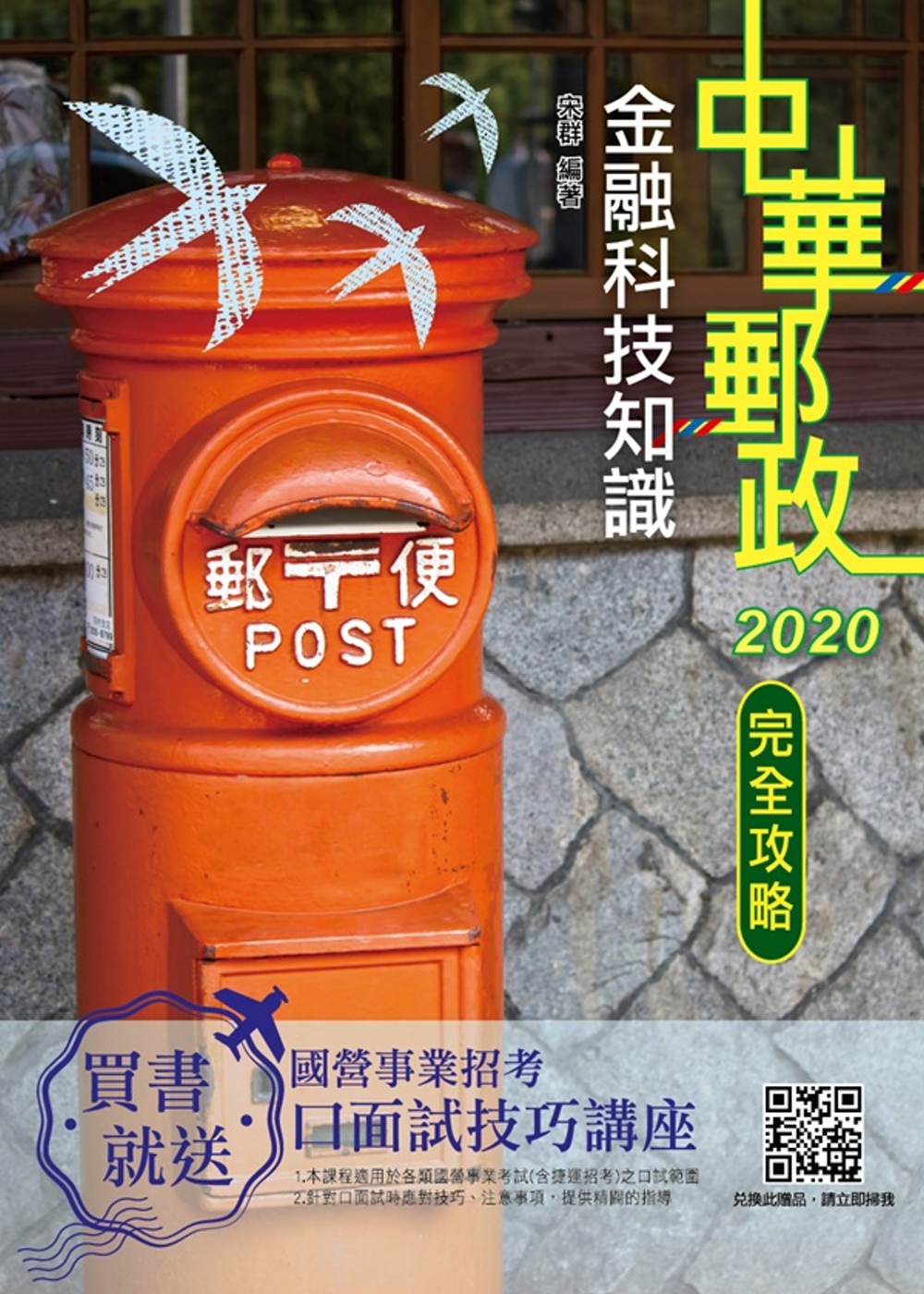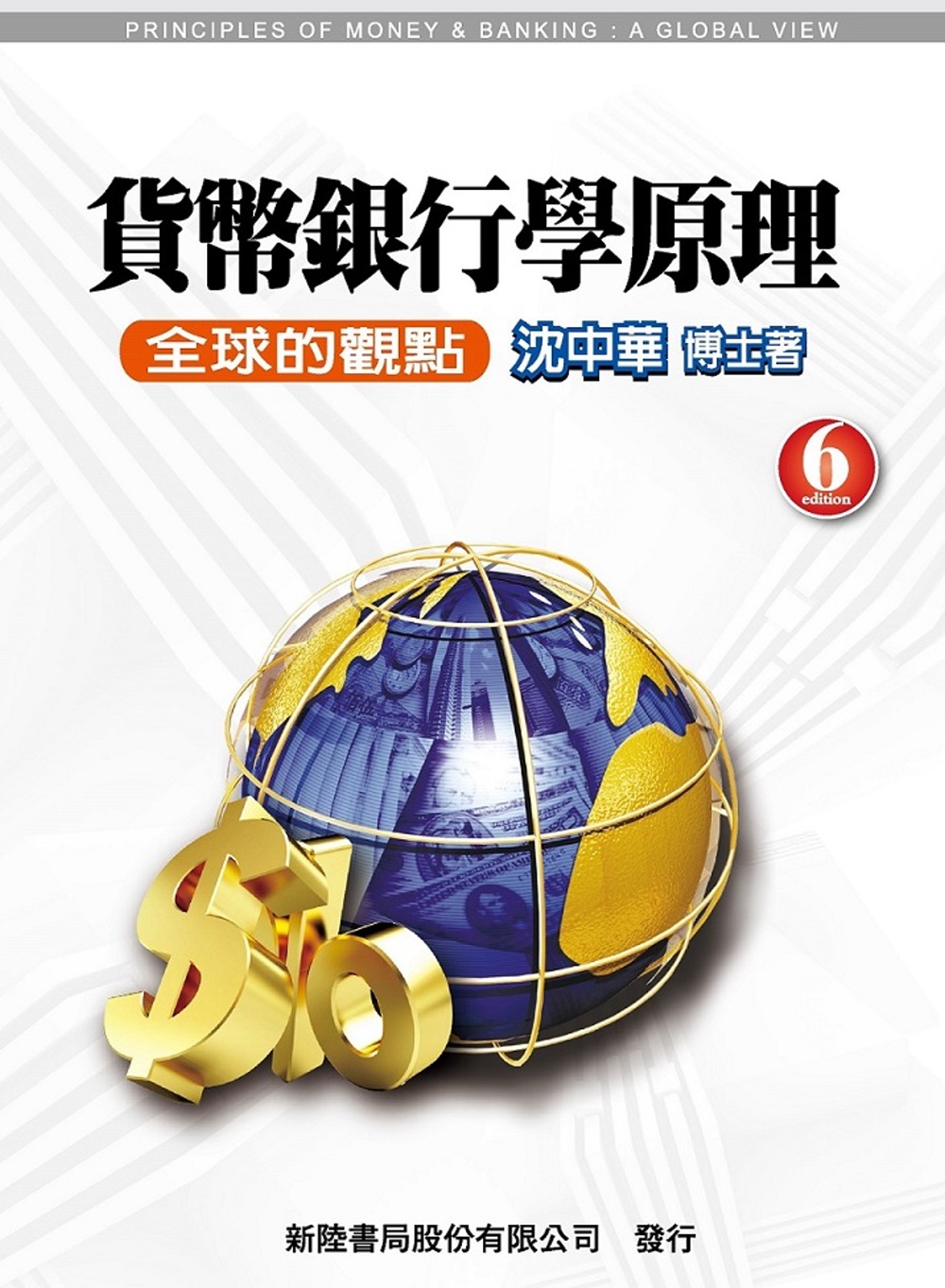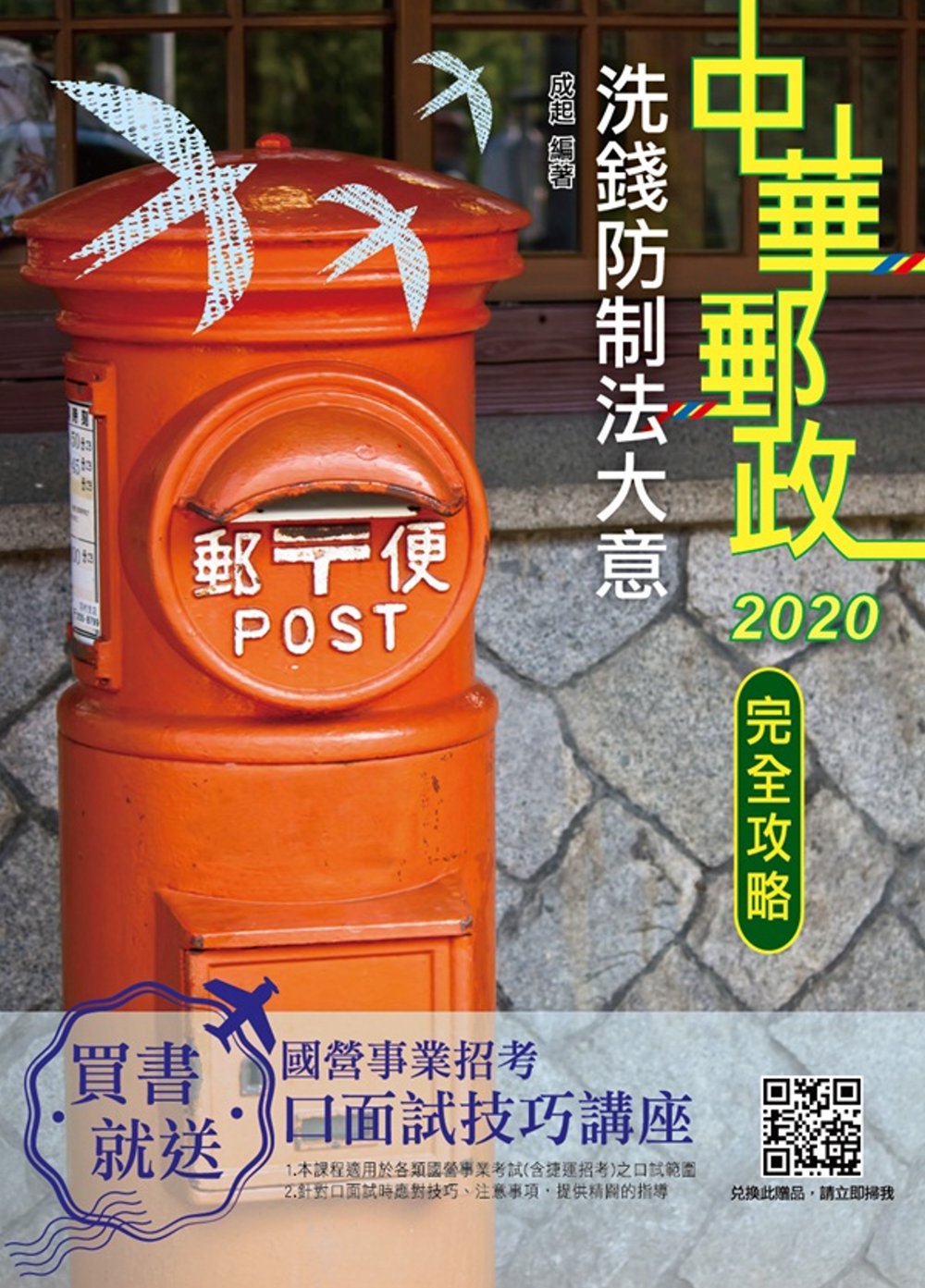Guanxi or Li shang wanglai?: Reciprocity, Social Support Networks, & Social Creativity in a Chinese Village | 被動收入的投資秘訣 - 2024年5月

Guanxi or Li shang wanglai?: Reciprocity, Social Support Networks, & Social Creativity in a Chinese Village
Li shang wanglai is a phrase that combines practice and principle. It is what others have discussed as Confucianism. But it is the summation of what is practised in daily life and without the leadership of an elite intelligentsia. With this phrase the author has brought together what had been separately discussed: the social philosophy of bao (asymmetrical reciprocity), the central importance of mianzi and lian (face), the moral economy of renqing (human relationships of fellow-feeling), the art of making guanxiwang (social networks), and much else. She shows how they work together in what might be called a discursive constellation. Using sociological and anthropological theorisations of reciprocal relations in China and Japan, she creates a framework of four dimensions, namely, principled rational calculation, human-feeling, moral, and religious, and four kinds of relationships, namely, instrumental, expressive, negative and generous.
作者簡介
Dr Xiangqun Chang is a Visiting Fellow in the Department of Anthropology and coordinator of the China in Comparative Perspective Network (CCPN). She is also special-term professor at the Centre for Social and Cultural Anthropology, Fudan University, and visiting professor at the School of Humanities and Law, Northeastern University. Before coming to the UK, as a university lecturer in sociology, she was extensively published (amounting to one million Chinese characters). Since working and studing in the UK she has developed extensive skills in both quantitative and qualitative analysis and applied them to many projects. Based on a thorough and detailed ethnography of a Chinese village with longitudinal comparisons, she has been developing a general analytical concept -- lishang-wanglai (禮尚─往來) -- a Chinese model of reciprocity, relatedness and social networks. Currently she is testing the lishang-wanglai model in the area of Chinese entrepreneur relationships inside and outside China with both inter-disciplinary and comparative approaches.
Contents
Recommendations from scholars
Preface
Introduction
I. The ESRC project on social support
II. The villagers’ usage of li shang wanglai
III. Research methods and research scope
IV. Researcher’s multifaceted position…
V. Arrangement of fieldwork materials and structure of the book
PART ONE VILLAGE PORTRAITURE
Chapter I Economic, administrative and informal systems
I.I. Economic development and villagers’ standard of living
I.II. Changes of administrative system
I.III.Kinship system
I.IV.Religious and spiritual beliefe system and villagers’practices
I.V.Relationships between villagers and the state
Chapter II Local customs (I)
II.I. Birth and growing up
II.II. Establishing the marriage relationship
II.III. House construction events
Chapter III Local customs (II)
III.I. Family division and elderly care
III.II. Funeral ceremony and post-funeral rituals
III.III. Annual cycle events
III.IV. Emergency events
PART TWO THE PRACTICE OF “LISHANG-WANGLAI”
Chapter IV Generous wanglai
IV.I. A case study of horizontal and vertical wanglai
IV.II. Horizontal wanglai in annual life cycle events
IV.III. Vertical wanglai in villagers’ festivals and religious life
Chapter V Expressive wanglai in life cycle events (I)
V.I. Birth and growing up
V.II. Establishing a marriage relationship
V.III. House construction
Chapter VI Expressive wanglai in life cycle events (II)
VI.I. Family division
VI.II. Elderly care
VI.III. Funeral ceremony and postfuneral rituals
Chapter VII Expressive wanglai in annual cycle and emergency events
VII.I. Annual cycle events
VII.II. Emergency: Natural and unnatural disasters
VII.III. Emergency: Illness and injury
Chapter VIII Instrumental and negative wanglai
VIII.I. Instrumental wanglai: top down and bottom up
VIII.II. Negative wanglai: vertical and horizontal wanglai
PART THREE “LISHANG-WANGLAI” MODEL
Chapter IX Theoretical approaches and exploration of “lishang-wanglai”
IX.I. Sahlins’s reciprocity, Polanyi’s redistribution and Parsons’s personalised relations
IX.II. Social support networks and “lishang-wanglai” networks
IX.III. Social creativity as motivation behind “lishang-wanglai”
Chapter X Review of related Chinese notions
X.I. Mianzi (mien-tzu)
X.II. Chaxugeju
X.III. Yuan and fu
X.IV. Bao (pao)
X.V. Huhui
X.VI. Guanxi (kuan-hsi)
X.VII. Renqing (jen-ch’ing) and ganqing (kan-ch’ing)
X.VIII. Yang and laiwang
Chapter XI Construction of the “Lishang-wanglai” model
XI.I. Li shang wanglai and “lishang-wanglai”
XI.II. Justification of lishang
XI.III. Lishang criteria
XI.IV. Clarification of wanglai
XI.V. Wanglai typology
XI.VI. Methodological implications of “Lishang-wanglai”
Chapter XII Tests and applications of the “lishang-wanglai” model
XII.I.Gaining access and getting to know informants
XII.II.“Lishang-wanglai”and social creativity
XII.III.A case study of “lishang-wanglai” beyond the village
Conclusion
I. “Lishang-wanglai” and issues of state and gender
II. “Lishang-wanglai” unified principle and typology of reciprocity
III. “Lishang-wanglai” combines a static model and dynamic networks
IV. “Lishang-wanglai”’s motivation is social creativity
V. Can “lishang-wanglai” be a general analytic concept?
Appendix
I. Conversion of Currencies and Measures
II.List of place names
III. Characters List
Bibliography
Postscript
 金融科技知識完全攻略[中華郵政營運...
金融科技知識完全攻略[中華郵政營運... 貨幣銀行學:最新金融科技與理論
貨幣銀行學:最新金融科技與理論 貨幣銀行學原理(6版)
貨幣銀行學原理(6版) 數位轉型IT大健診-全面性能測試方...
數位轉型IT大健診-全面性能測試方... 2020年銀行招考「天生銀家」【銀...
2020年銀行招考「天生銀家」【銀... 25歲存到100萬:學校沒教、掌握...
25歲存到100萬:學校沒教、掌握... 種子銀行:金融業的大未來
種子銀行:金融業的大未來 洗錢防制法大意[中華郵政專業職(二...
洗錢防制法大意[中華郵政專業職(二... 新貨幣戰爭:數位貨幣沒有政府背書卻...
新貨幣戰爭:數位貨幣沒有政府背書卻... 數位轉型全攻略:虛實整合的WHAT...
數位轉型全攻略:虛實整合的WHAT...